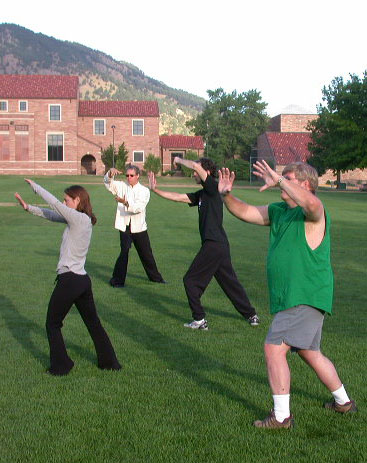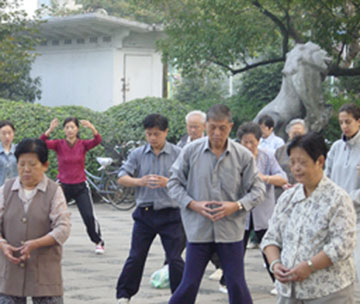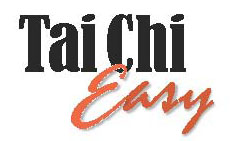About the National Expert Meeting on
Qi Gong and Tai Chi Consensus Initiative
The mind/body wellness exercises of Asia have a significant
potential to improve health care in the Western world. In November 2005, a panel of more than 30 recognized experts in Qi Gong
and Tai Chi, physical activity and aging, and biomedical research gathered
to explore and recommend strategies for proliferating accessible Qi Gong
and Tai Chi programs.
Historically, for thousands of years in the case of Qi Gong and hundreds
of years in the case of Tai Chi, the benefits of practice were limited
to martial artists, monks and Imperial court ministers. Recently through
decades of political upheaval Qi Gong and Tai Chi have become more widely
available in China, however, the benefits have not been thoroughly understood.
Even as these mind/body wellness practices entered the US and Europe successful
programs did not engage in research. Much of the information that was
gathered about effectiveness emerged from intervention programs of short
duration that were designed primarily for research.
 Many
questions must be answered in order to translate research evidence into
robust Qi Gong and Tai Chi community programs that can be delivered in
a variety of settings including hospitals, social service agencies, schools,
corporations, faith based institutions and retirement communities. Many
questions must be answered in order to translate research evidence into
robust Qi Gong and Tai Chi community programs that can be delivered in
a variety of settings including hospitals, social service agencies, schools,
corporations, faith based institutions and retirement communities.
The more traditional Qigong and Tai Chi programs that assist participants
in deeper understanding will tend to attract greater numbers when entry
level programs are more widely available.
The panel of experts agreed that the major challenge to the wide dissemination
of these profound practices has been the exclusive dependence on masters
or experts to transmit the teachings. For community based programs to
proliferate the benefits of Qi Gong and Tai Chi, it was determined that
lay leaders and peer practice leaders must be trained in the fundamentals
of Qi Gong and Tai Chi to create a wider entry level to the practices.
This is similar to the morning practice in the parks in China where the
large numbers (estimated 100 million on a daily basis) are mobilized by
citizen teachers. More advanced practice groups get students from these
entry level classes.
 This
much more open entry level then will significantly increase the numbers
of students that make their way to the more advanced teachings. This
much more open entry level then will significantly increase the numbers
of students that make their way to the more advanced teachings.
The expert panel used a powerful process of information gathering to
reach consensus on these questions:
What are the components of Qigong and Tai Chi programs that
need to be included to achieve significant benefits?
What knowledge, skills, and abilities are necessary to lead
Qi Gong and Tai Chi programs in the community?
What research needs to be conducted to increase understanding
of Qi Gong and Tai Chi's potential benefits?
What are the best ways for integrating Qi Gong and Tai Chi
programs into aging and other health care and social service networks?
The "consensus report" (review report) outlines the recommendations
and outcomes of the National Expert Meeting on Qi Gong and Tai Chi. The
conveners of this meeting -- National
Blueprint Office at the University of Illinois, the National Council on
Aging and the Institute of Integral Qigong and Tai Chi funded by the Archstone
Foundation -- hope that these recommendations will be used to develop,
implement, and evaluate cost effective community-based Qi Gong and Tai
Chi programs to leverage benefits for all ages.
|
